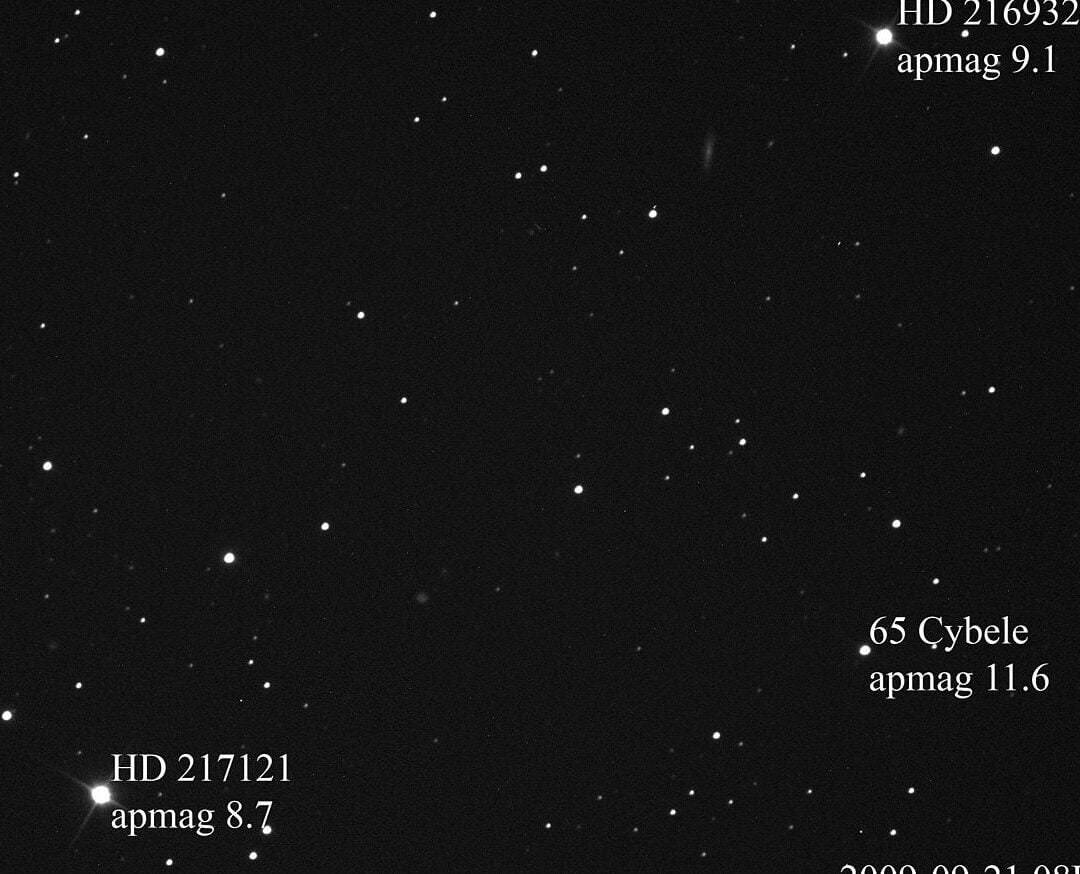
Currently, there are additional cumulative discounts (ranging from 2% to 25%) available for 58,758 educational establishments. To determine the applicable discount for all staff members of your educational institution, please sign in to your personal Infoworks account.


Professional retraining course
Organization of librarian activity in professional education
In addition to this special offer, you can also take advantage of the discount offered by your educational institution. The discount amount will depend on how many of your colleagues have already enrolled in the Infoworks course.
Currently, there are 58,758 educational institutions that receive additional discounts ranging from 2% to 25%. To find out the specific discount available to all employees of your educational institution, simply log in to your personal Infoworks account.


Advanced training program
Specialist in occupational therapy for children with behavioral disorders
We can apply a discount from your educational institution to this offer (the amount of the discount depends on the number of your colleagues who have completed Infoworks courses).
Currently, 58,758 educational institutions are eligible for additional discounts ranging from 2% to 25%. To find out the specific discount available to all employees of your educational institution, please log in to your personal Infoworks account.


The school of journalism: a promising avenue for engaging with young readers
Presenting the concept through individual slides:

Slide 1: Bringing together prominent individuals from various latitudes around the globe.
Created by Deyanova E.S., a physics educator at MBOU “Karpogorskaya School No. 118.”
Year: 2018
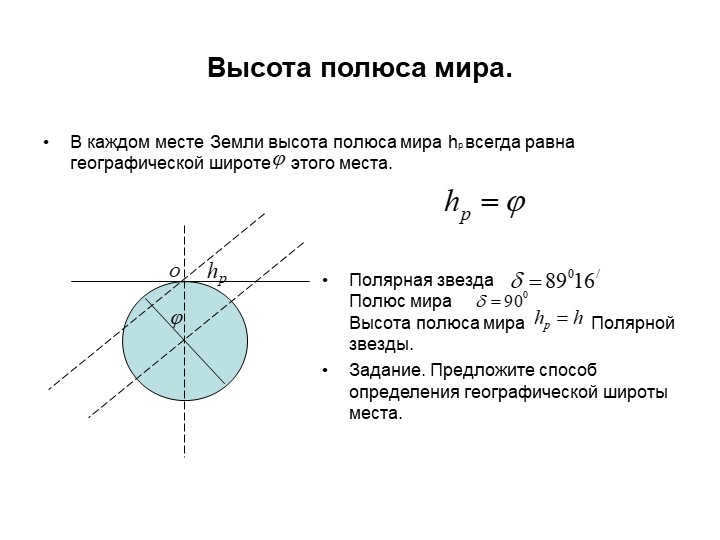
Slide 2: The World Pole’s Elevation.
At any location on Earth, the elevation of the world pole (hp) is consistently equal to the geographic latitude of that location.
Polaris: The World Pole’s Altitude.
Task: Propose a method for determining the geographic latitude of a place.
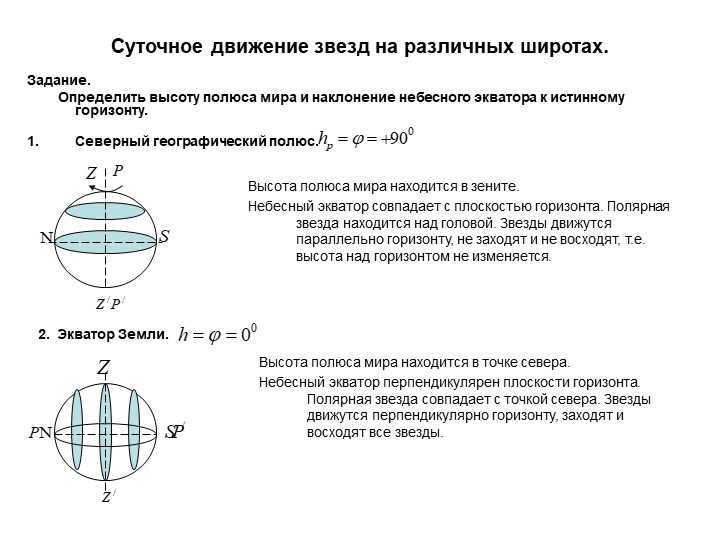

Slide 3: The movement of stars on a daily basis varies depending on the latitude. In this task, we need to determine the height of the world pole and the inclination of the celestial equator to the true horizon. Specifically, we are focusing on the North geographic pole.
The zenith marks the highest point of the world pole.
On the horizon, the celestial equator aligns perfectly. Polaris can be seen directly overhead. The stars appear to move in a parallel manner to the horizon, without setting or rising, which means that their height above the horizon remains constant.
2. the Equator of the Earth.
At the northern point, the world pole reaches its maximum height.
The plane of the horizon is perpendicular to the celestial equator. Polaris coincides with the northern point. The stars move perpendicular to the horizon, resulting in all stars setting and rising.
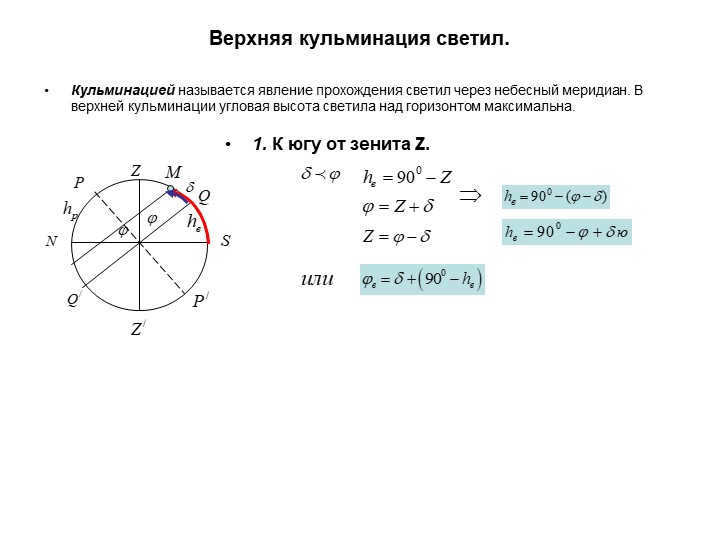
Slide 4: The highest point of the celestial bodies.
Culmination refers to the moment when celestial bodies cross the imaginary line in the sky. During the upper culmination, the celestial body reaches its maximum height above the horizon.
1. Located south of the zenith Z.
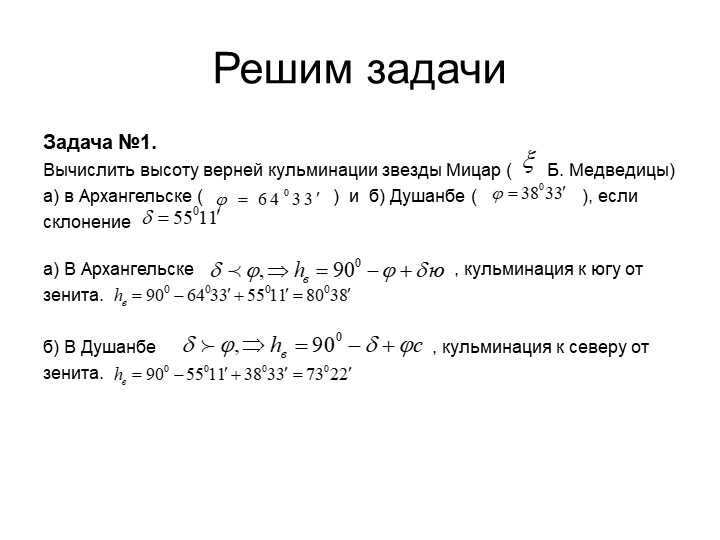

Slide 5 Let’s tackle the challenges.
Challenge #1.
Determine the altitude of the highest point of the star Mizar (B. Medveditsa) in
a) Arkhangelsk ()
and b) Dushanbe (), given that the declination
a) In Arkhangelsk, the culmination is to the south of the zenith.
zenith.
b) In Dushanbe, the culmination is to the north of the zenith.
zenith.
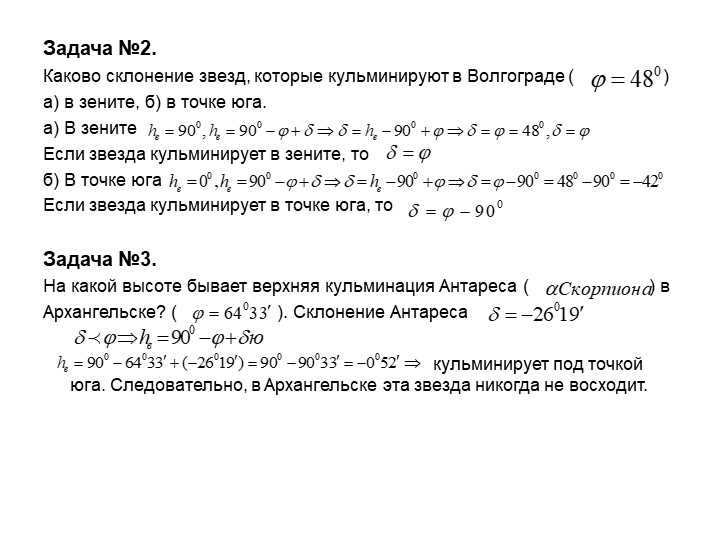
Problem #2. What is the declination of the stars that reach their highest point in Volgograd?
a) at the zenith, b) at the southern point.
a) At the zenith
If a star reaches its highest point at the zenith, then.
b) At the southern point
If the star reaches its highest point at the southern point, then a) At the zenith, then b) At the southern point.
Problem #3.
At what altitude does Antares reach its highest point in Arkhangelsk?
Arkhangelsk? ( ). Declination of Antares
Antares reaches its highest point below the southern point. Hence, this star never rises in Arkhangelsk.
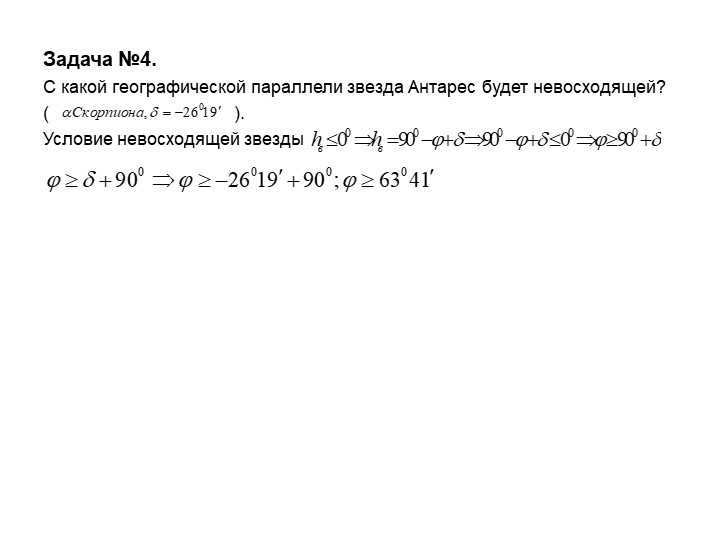
Problem #4 on slide 7.
What geographical parallel will the star Antares not rise above?
( ).
The condition of the star not rising
Worksheets and resources for teachers and educators
Over 10,000 educational materials for school and home learning
Astronomers imagine a celestial sphere as a spherical surface with an arbitrary radius and an observer positioned at its center. Celestial objects are projected onto the celestial sphere.
Due to the relatively small size of the Earth in comparison to the vast distances to the stars, observers situated at different locations on the Earth’s surface can be regarded as being at the center of the celestial sphere. This center of the celestial sphere. In reality, there is no physical sphere surrounding the Earth in nature. Celestial bodies move through the boundless expanse of space at varying distances from the Earth. These distances are unimaginably immense, beyond our ability to comprehend, so all celestial bodies appear equally distant to an observer.
Over the course of a year, the Sun traces out a large circle against the backdrop of the starry sky. This yearly path of the Sun on the celestial sphere is known as the ecliptic. As it journeys along this ecliptic. the Sun intersects the celestial equator twice during the equinoxes. These occurrences take place on March 21st and September 23rd.
The line connecting the two poles of the world and passing through the observer is known as the axis of the world. Below the north pole of the world lies the southern pole of the world, and directly opposite to it is the northern point. is the southern point. . The eastern and western points are located on the horizon line and are 90° away from the north and south points.
The plane that is perpendicular to the axis of the world and passes through the center of the sphere is called the plane of the celestial equator. It is parallel to the plane of the Earth’s equator. The plane of the celestial meridian passes through the poles of the world, the northern and southern points, zenith, and nadir.
Celestial coordinates
A coordinate system that takes the plane of the equator as a reference point is known as the equatorial system. The angular distance of a celestial body from the celestial equator is known as declination, which ranges from -90° to +90°. Declination is considered positive when north of the equator and negative when south. It is measured by the angle between two great circles: one passing through the celestial poles and the given celestial body, and the other passing through the celestial poles and the vernal equinox point located on the equator.
Horizontal coordinates
Angular separation is the measurement of the distance between celestial objects, determined by the angle created by the rays traveling from the point of observation to the object. The angular separation from the horizon is known as the altitude of the celestial object. The position of the celestial object in relation to the sides of the horizon is referred to as the azimuth. The azimuth is measured in a clockwise direction starting from the south. Using a theodolite, the azimuth and altitude of the celestial object can be measured. Angular units not only express distances between celestial objects, but also the sizes of the objects themselves. The angular separation between the celestial pole and the horizon is equal to the geographical latitude of the area.
Height of celestial bodies at their highest point in the sky
The events when celestial bodies pass through the imaginary line in the sky called the celestial meridian are known as culminations. When celestial bodies pass through the northern half of the celestial meridian, it is referred to as lower culmination. Conversely, when celestial bodies pass through the southern half of the celestial meridian, it is called upper culmination. The exact moment when the center of the Sun reaches its highest point in the sky is known as true noon, while the moment of the lower culmination is known as true midnight. The time period between these two culminations is precisely half a day.
The luminaries that are above the horizon provide a visibility of both culminations, with the lower culmination occurring below the horizon, towards the north. Each star that culminates in a specific area maintains a consistent height above the horizon, as its angular distance from the world pole and the celestial equator remains unchanged. On the other hand, the sun and the moon experience variations in the altitude at which they culminate.
At any given location on the Earth’s surface, the height (hp) of the world pole is always equal to the geographic latitude (φ) of that place, expressed as hp=φ (1).
Additionally, the plane of the celestial equator and the planes of the celestial parallels are inclined at an angle to the plane of the true horizon.
During the upper culmination (Fig. 1), the luminary with declination δ φ the luminary (M4) in the upper culmination crosses the celestial meridian to the north of the zenith (above the north point Ν), between the zenith Z and the north pole of the world P, and then the zenith distance of the luminary
is azimuth AB = 180°, and hour angle tB = 0° = 0h.
During the lower culmination (Fig. 2), the luminary crosses the celestial meridian below the north pole of the world: the non-setting luminary (M1) is above the north point N, the setting luminaries (M2 and M3) and the non-superior luminary (M4) are below the north point. At the lower culmination, the altitude of the luminary
is its zenith distance zn=180°-δ-φ (9)
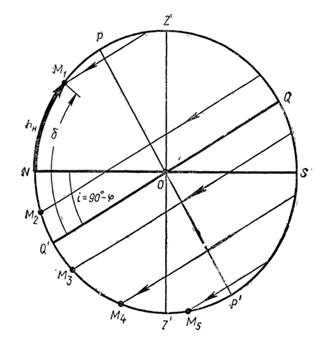
The azimuth angle An is 180 degrees and the hour angle tn is also 180 degrees, which is equivalent to 12 hours.
Figure 2 illustrates the lower culmination of the luminaries.
Depending on the latitude φ, if the luminaries have a declination δ of 180 degrees or the hour angle φ is at the northern tropic, then formulas (6) and (3) should be used:
The zenith distance zv is calculated as δ-φ, resulting in +45 degrees 58 minutes – 23 degrees 27 minutes = 22 degrees 31 minutes North. The altitude hv is 90 degrees – zv, resulting in 90 degrees – 22 degrees 31 minutes = +67 degrees 29 minutes North.
Therefore, the azimuth angle Av is 180 degrees and the hour angle tv is 0 degrees, equivalent to 0 hours.
At a geographic latitude φ of +45 degrees 58 minutes = δ, the zenith distance of Capella (zv) is δ-φ=0 degrees. This means that at the upper culmination, Capella is at the zenith, and its altitude (hv) is +90 degrees. The hour angle (tv) is 0 degrees, equivalent to 0 hours, and the azimuth AB is uncertain.
The formulas (4) and (3) both yield the same results for the declination of the star δ Polypropylene at the north polar circle.
With 7,396 views, we will now show you how to create a portable Bunsen gas burner using easily accessible tools!

The Definition of Culmination in Simple Terms
This word can be found in literature, in the world of theater, and is often used in relation to cinematography. What is its meaning?
The term “culmination” refers to a significant moment or the highest point of tension or conflict in a compositional structure, where an immediate resolution is required.
Following the culmination, there is usually the denouement, which is a sequential development or resolution of events or phenomena. In a literary work, it may be referred to as an epilogue, the conclusion of a novel or other type of text.
The first appearance of the climax can be traced back to the ancient epic sagas and the poems “The Iliad” and “The Odyssey” by Homer. However, due to the intricate storytelling and layered plots, pinpointing a single climax is challenging. Instead, there are multiple climactic moments throughout the story’s development and the abundance of characters. In both classical and modern literature, it is more common to find a central climax that aligns with the plot and events of the novel, followed by a “release of tension” – the denouement.
The culmination in various forms of activity
It is worth mentioning that the definition of the term in the realm of science and in the world of art differs significantly. However, it consistently refers to a specific pinnacle moment, the highest point, a checkpoint through which a particular transformation occurs. We can characterize it as a sort of “irreversible point” towards which the storyline, scientific or natural process, or any given activity strives.
In the realm of music, the climax represents the pinnacle of tension and emotional intensity found within a composition of any genre, such as opera, serenade, ballet, or concerto for orchestra. Similarly, the climax of the Sun signifies the highest point it reaches in the sky, acting as our primary celestial body.
Literary scholars frequently utilize the term “climax” due to its essential nature in almost any literary work. This critical juncture serves as the moment of utmost tension within the narrative of a novel, short story, poem, or other forms of literature, followed by the denouement, which explores the aftermath of the climax’s events. A comparable significance can be observed in the realms of cinematography and drama.
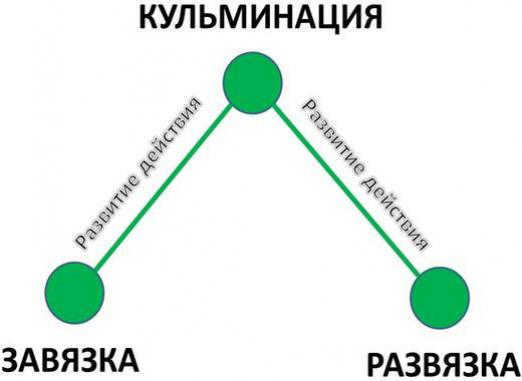
Instances of climax
Let’s examine some instances of climax. Take, for instance, Nikolai Gogol’s renowned comedy, “The Inspector.” The climax of the play occurs when the characters, guided by the town manager, discover that they have been deceived by a visiting fraudster. The entire storyline of the play was constructed with the intention of culminating in this manner. Following the realization of the deception, the residents of the town of N. find out that a genuine auditor is coming to visit them – this serves as the denouement.
The pinnacle of astronomy is the phenomenon of “The sun and other luminaries”. It is possible when it is a setting luminary. There is also the concept of “non-setting luminaries” which remain almost stationary in relation to the meridian of the celestial vault due to their immense distance from Earth.
During the daytime, they are not visible in the sky due to the illumination of the Sun, but in reality, they never truly disappear. This is particularly evident in the northern regions of the planet, where there is a phenomenon known as the polar day, during which the Sun is rarely hidden behind the horizon. The climax of Venus, known as the morning star, as well as the culmination of the Moon and other luminaries, can be observed during this time.
The significance of the climax
If you are an avid reader, you may have come across a situation where a novel lacks interest or is not easily understood without a climax. The book may be skillfully written, but upon reaching the final page, there is a feeling of incompleteness, of something missing, and even of boredom. This occurs when the text lacks or subtly expresses the climax – the author has not brought the story to its most intense point of “boiling.” However, this is merely an illusion, as a work of fiction cannot exist without a climax.
It may appear this way to us because the author portrayed the events in a gentler manner and did not explicitly reveal this tense moment. An observant reader will always recognize the climax.
However, it has become customary for us to experience emotions, ask questions, and engage with the events described in books. That is why authors often employ this traditional method to enhance their novels or short stories.
When a text is made up of disconnected phrases and sentences without a coherent plot, the climax will not be able to have an impact. In school essays, children are also taught to structure their thoughts by including a climax, developing their own ideas and supporting their thesis. The effectiveness of the climax heavily relies on the author’s technique and presentation of their thoughts.
Throughout history, the solstices and equinoxes have held significant importance as crucial milestones in the Earth’s yearly cycle. Linked to the continuous orbit around the sun and the tilt of the Earth’s axis, they mark the transition between seasons on our planet. The advancement of astronomy has enabled the scientific exploration of the underlying mechanisms behind these occurrences.
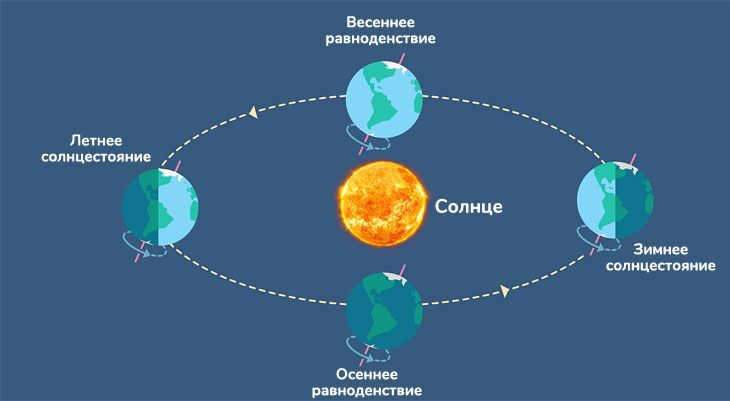
What Does Equinox Mean?
The term equinox is derived from the Latin word “Equinoxium,” which means “equal night.” It refers to the point in time when the Sun is positioned at the celestial equator, dividing the Earth into two hemispheres – one in light and the other in darkness. During this phenomenon, both the North and South Poles experience an equal amount of daylight and darkness. The duration of daylight and nighttime is approximately 12 hours across all latitudes.
In leap years, the dates of the equinoxes may be shifted by one day.
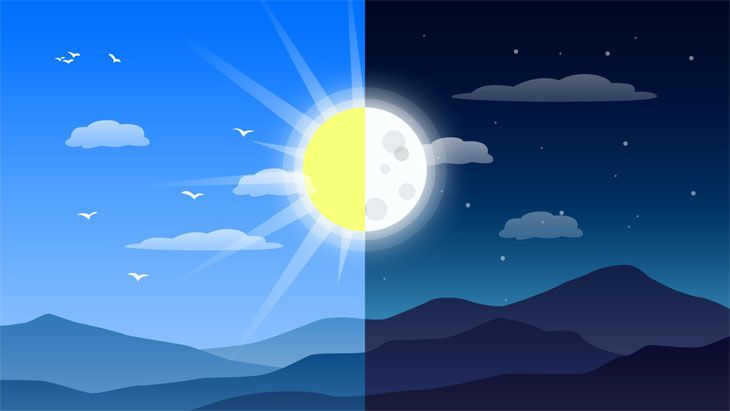
For people living in the northern part of the world, the start of spring and autumn is determined by the spring and fall equinoxes, respectively. On the other hand, people in the southern hemisphere experience the start of fall in March and the start of spring in September.
What is the solstice?
The solstice, also known as solstitium in Latin, is an astronomical phenomenon that refers to the stopping of the sun. During the solstice, the Sun reaches its maximum or minimum height above the horizon at true noon. This phenomenon is characterized by a virtually unchanged height of the Sun for several days before and after the solstice, which led to its name.
There are two extremes in the year that mark the change of season:
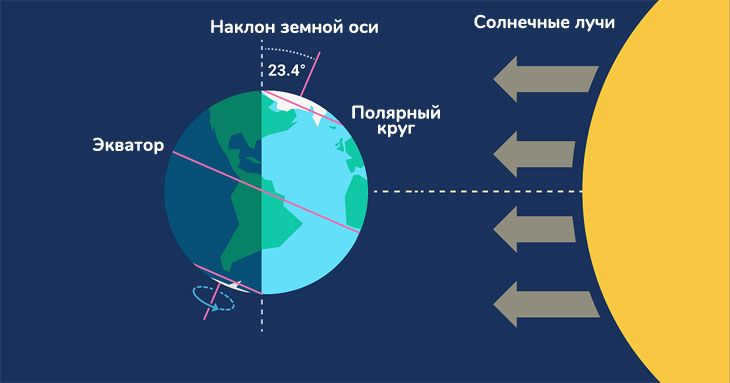
December 21-22 marks the arrival of the winter solstice. During this time, the sun follows the shortest arc in the sky, resulting in the shortest day and longest night in the northern hemisphere.
On June 20-22, we experience the summer solstice, which signifies the longest day and shortest night.
The winter solstice in the northern hemisphere is traditionally seen as the start of astronomical winter, while the summer solstice marks the beginning of astronomical summer.
In the southern hemisphere, the opposite occurs: the summer solstice happens in December, while winter arrives in June.
Winter and summer solstice
The phenomena can be differentiated based on:
- The duration of day and night;
- The extent of sun rays dispersion;
- The position of the sun at its highest point.
Due to the disparity between the calendar year (365 days) and the Earth’s rotation period around the sun (365.24 days), the equinoxes and solstices may occur on different dates in different years.
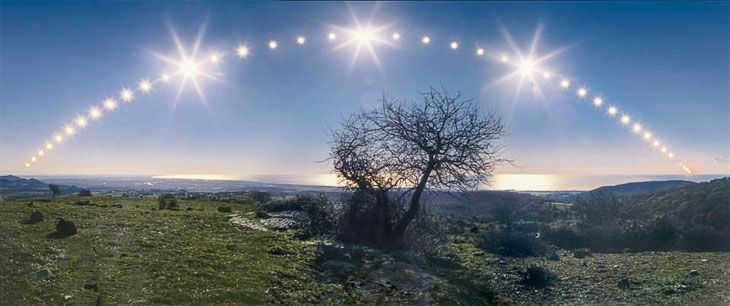
Interesting facts:
- The Earth’s axis is inclined at an angle of 23.5 degrees relative to the imaginary orbit known as the ecliptic plane.
- Equinoxes and solstices are astronomical events connected to the tilt of the Earth’s axis and its continuous orbital motion.
- During the equinoxes, both hemispheres receive an equal amount of sunlight.
Influence of Solstices and Equinoxes, Holidays, and Traditions of the Wheel of the Year
The solstices and equinoxes are highly revered during the pagan period. Solstice, Kolovorot, Solstice, Equinox are the names given to solar holidays, which are often associated with the four aspects of the Slavic deity Dazhdbog:
- Kolyada – Winter Solstice: The young sun Kolyada takes the place of the old man-sun Svetovit. This holiday was later replaced by the Catholic Church with the Nativity of the Savior.
- Shrovetide or Komoeditsy – Vernal Equinox: When day and night are of equal length, Yarilo the Sun replaces Kolyada and puts an end to winter-Marena.
- Kupailo (Kupala) – Summer Solstice: This holiday is associated with the birth of John the Baptist in the church calendar.
- Radogoshch (Svetovit, Tausen) – the fall equinox. The ancient deity Svetovit regains his power. This time of year is also celebrated as a time of bountiful harvest.
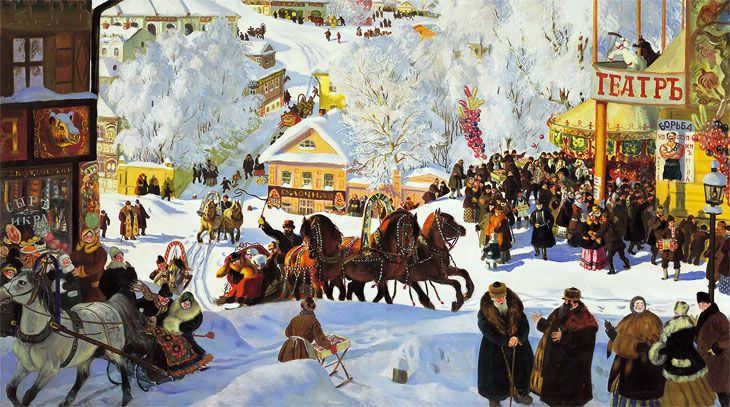
In Russia, the Winter Solstice and the birth of the new sun are celebrated with great enthusiasm. This celebration includes singing, dancing, fortune-telling, and delicious treats.
During the equinoxes, there is a special reverence for the ancestors who have passed away. It is believed that they visit their descendants in the form of larks, which are considered messengers of spring. To honor them, housewives bake fritters, pancakes, and cookies shaped like birds. They also burn straw effigies and jump over bonfires for spiritual and physical purification.
The Celts referred to the festival as Lita and also linked it to the worship of the sun.
In Sweden, they continue to observe Midsommar to this present day, while in Norway, it is known as Ivanova or St. Hans’ night.
The harvest festival and expression of gratitude to the gods and natural forces for their abundant blessings was held during the autumn equinox. On this occasion, weddings took place, homes were adorned with rowan branches as a protective measure against negative influences, and dry grass was set ablaze. They separated grains from the initial sheaves and created a loaf of bread in the shape of a human figure.

A contemporary approach
In the field of healing and magic, there is a distinct reverence for the significant moments of the Wheel of the Year. These occasions serve as opportunities for conducting ceremonies and rituals aimed at transforming destiny, achieving purification, and fostering healing.
The solstices and equinoxes are widely acknowledged as Power days characterized by unique energetic frequencies. Spiritual mentors highly recommend utilizing this period for purifying the mind and attaining inner tranquility. Thoughts, desires, and aspirations assume a heightened significance during this time and may hold profound consequences.
The variety of ceremonies and traditions can be attributed to several factors. A significant occasion necessitates prior planning, abstaining from frivolous thoughts, purifying the mind, and tidying up both the home and workplace. It is crucial to articulate one’s desires clearly. On the morning of solstices and equinoxes, it is essential to greet the celestial body, seeking its assistance. The evening can be dedicated to engaging in celebratory enigmas.
Concluding Remarks
The approach to the turning days of the Wheel of the Year has varied throughout different epochs. These days were originally linked to the life cycle of fertility deities in the realm of agriculture. Ancient societies and secret orders attributed astrological and sacred symbolism to these moments. In contemporary times, psychologists and esoteric practitioners view these turning points as opportunities for rejuvenation, purification, and the alignment of one’s perception of reality. By studying ancient traditions and incorporating the advancements of modern science, we can expand our understanding of ourselves and the world around us.
Collections of exquisite high jewelry for summer 2023
The realm of extraordinary high jewelry collections is known for being traditional and careful, yet always aiming to make a statement. In today’s industry, this is demonstrated through the strict adherence to marketing “codes” and “heritage” – the foundations that support the brand. However, each jewelry house in the high jewelry arena operates with its own unique mechanisms.

Go to fullscreen mode
Dior
Les Jardins de la Couture
Victoire de Castellane, one of the foremost jewelry designers of our era, is credited with creating the jewelry universe of Christian Dior, which previously lacked any distinctive traditions and did not even exist in its current form. However, Dior had well-defined traditions in all other aspects, and for the past 25 years, Castellane has been working with them – a truly exceptional example of such jewelry in recent history. The way she seamlessly merged her own imagination, vision, and style with the Dior heritage and the desires of Dior’s clients is more accurately described as how she shaped those desires. There are very few comparable examples to this. She transformed all of Dior’s signature elements – Ludovic, gardens, ribbons, embroideries, and flower women – into her own enchanting world where ribbons flutter, embroidered silk skirts flow, the wind whispers, stars sparkle, flowers bloom, and Victoire herself goes mushrooming with Monsieur Dior.








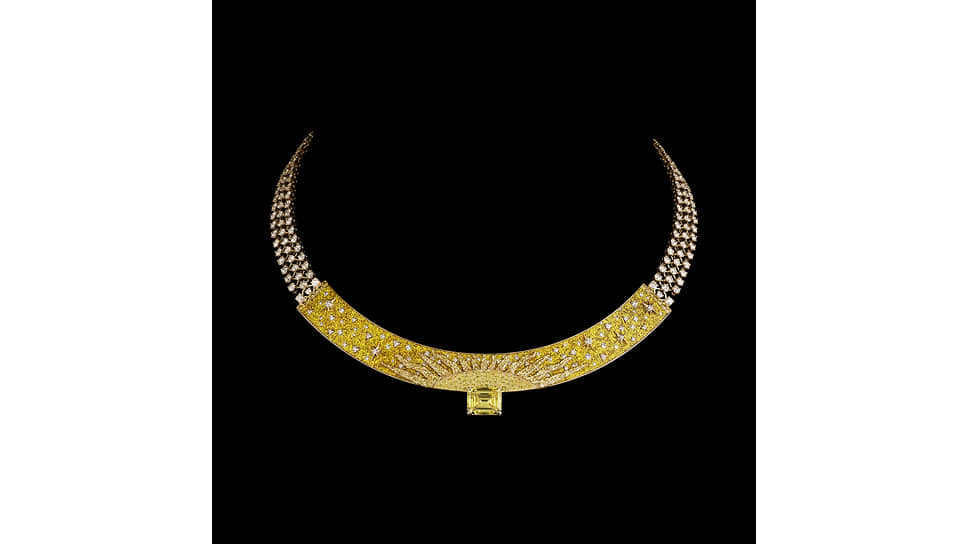



Over the past few collections, de Castellane has been exploring the concept of creating a compilation, bringing together her finest and most beloved works. These collections can be inspired by various themes, but one can always find references to the iconic bows and ribbons of the Duchesse de Fontange from the unforgettable Dior a Versailles 2016 collection, as well as the avant-garde use of stones in the remarkable Gem Dior 2019 collection. Additionally, flowers have always played a significant role in Victoire de Castellane’s Dior jewelry, just as they did in Christian Dior’s original designs, remaining an enduring symbol throughout the brand’s history.
One of the components of the current expansive 170-item assortment is known as Mini Milly, named after Dior’s Milly-la-Foret estate. In this collection, Victoire de Castellane showcased jewelry pieces such as necklaces, rings, and earrings that are designed to resemble mother-of-pearl plates adorned with miniature depictions of clouds, trees, flowers, rainbows, stars, and other serene elements. These pieces are crafted using diamonds, rubies, emeralds, Paraiba tourmalines, blue, pink, and yellow sapphires, tsavorites, spessartites, and lacquer. The result is a charming and intricate representation of pastoral scenes that would surely have caught the eye of Marie Antoinette. Unfortunately, these pieces were dismantled after their presentation at Lake Como and did not make it to Paris. However, Les Jardins de la Couture, which, as we mentioned before, is created in the genre of the highest quality, featured other types of jewelry such as ribbons, bows, lace, embroidery, and various couture techniques. Additionally, abstract compositions of colored stones and numerous floral designs were incorporated using different jewelry techniques.
The press release for the collection describes Victoire de Castellane’s style as “perfect asymmetry and disordered balance” – a fitting description for her unique jewelry designs. In her individual pieces, such as earrings, it is common for each earring in a pair to differ in some way, often in the direction of the curls. However, in this collection, there were also several pairs of symmetrical earrings, adding a touch of symmetry to the overall aesthetic. In addition to her usual jewelry, Castellane also created jewelry belts, which were worn by models during the collection’s show. The show featured 40 miss Dior couture dresses, designed by Maria Grazia Chiuri, showcasing the iconic Dior silhouette.
Boucheron
Claire Chouan, the artistic director of Boucheron, is responsible for maintaining an exceptional tradition, an extraordinary history, and incredibly powerful codes. However, she has been given a unique opportunity: to create two jewelry collections each year. The winter collection pays homage to the brand’s heritage, while the summer collection, known as Carte blanche, allows Claire Chouan to unleash her imagination without any restrictions. This year’s Carte blanche collection is titled “More is More,” and it is undoubtedly the most audacious collection in the history of Boucheron.

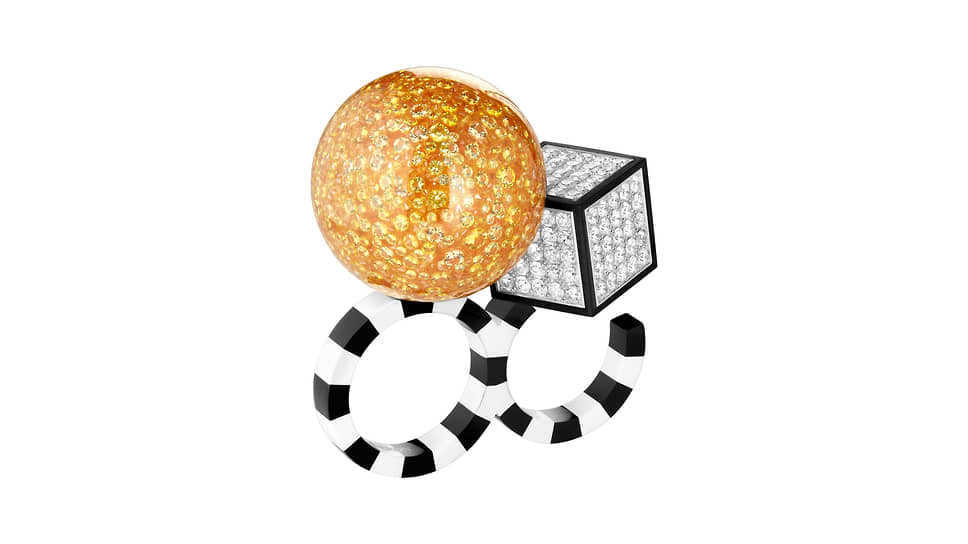




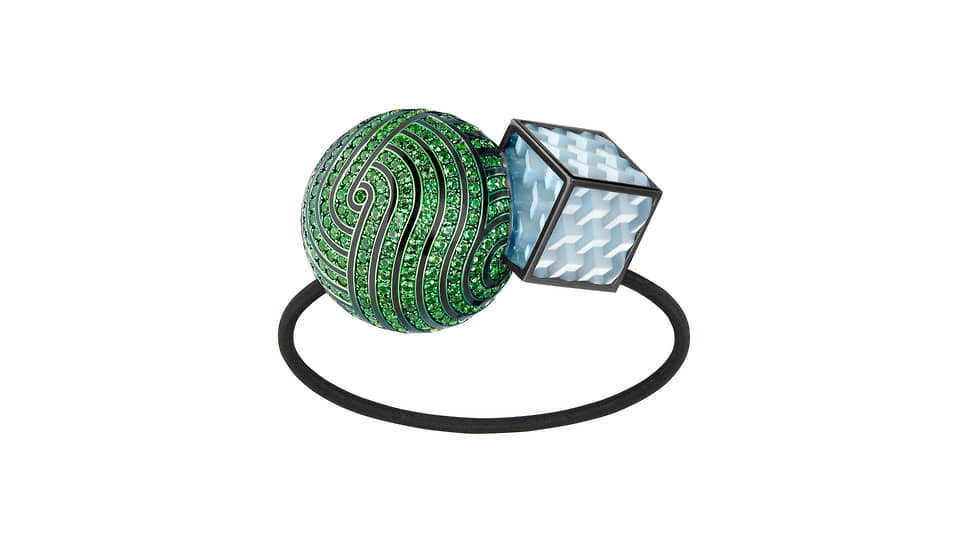

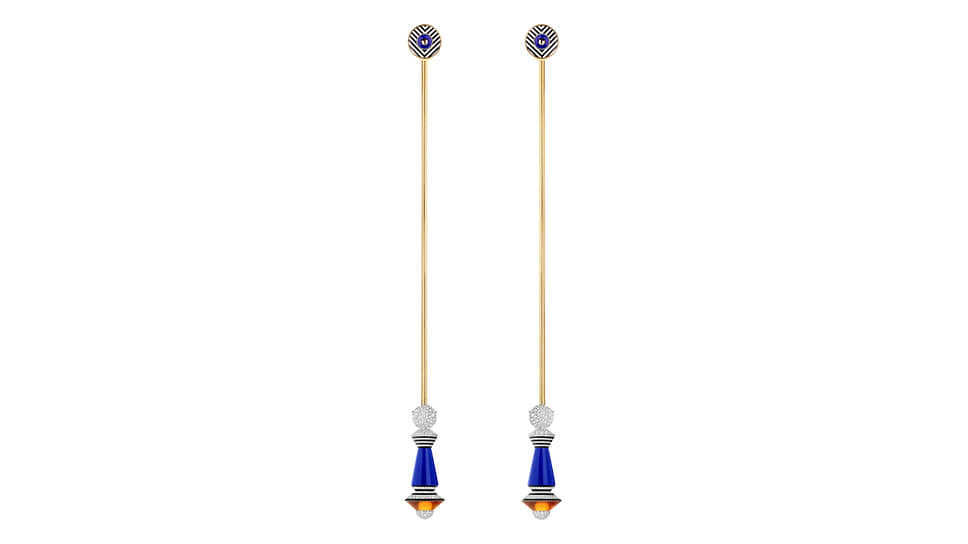


In Carte blanche, alongside non-traditional shapes, Claire Chouan continuously delves into the realm of unconventional substances. She has previously experimented with unique holographic arrangements, rattan, preserved authentic blossoms, natural seashells, and pebbles. However, for her latest venture, her creative vision demanded something truly extraordinary.
Claire claims that she conceived the collection while in lockdown, when she was craving pure delight and boundless weightlessness. Her creativity intertwined basic geometric forms, vibrant Technicolor, pop art, and the Memphis Art Group. I would also incorporate op art, which holds an equally prominent presence within this collection. Additionally, everything is executed on an XXL scale – cube rings, ball rings, a hair band adorned with balls and cubes, brooches in the shape of patches, a bracelet resembling a green apple, and a necklace inspired by the Rubik’s cube. The collection also showcases jewelry with optical illusions, such as a necklace crafted from seemingly convex but actually flat links, a pocket (yes, a genuine elastic pocket that magnetically attaches to clothing) with a stepped appearance that is, in reality, flat, and a necklace that mimics soap bubbles, despite not being bubbles at all.
All these optical illusions are crafted using innovative materials and cutting-edge technologies. Take, for instance, the colossal hair bow: the crimson section is constructed from bioacetate, a material commonly used in eyeglass frames, giving the illusion of weightlessness despite its imposing appearance (Claire Shuang explains that the manufacturing company faced a considerable challenge in achieving the desired red hue, aiming for a shade reminiscent of a Coca-Cola can). The ebony portion of the bow consists of magnesium strips, which are 30% lighter than aluminum, coated with cataphoresis for a sleek black finish, while the diamond strips are meticulously assembled. As for the chain necklace, it is meticulously crafted from titanium, with the exaggerated links boasting a captivating blue, black, and white hyceram coating applied using laser technology. The orange links are adorned with spessartites, brilliant-cut diamonds, and what may appear to be baguette diamonds are, in fact, crafted from rock crystal. Now, onto the soap bubble illusion: these seemingly gargantuan pearls are, in reality, almost flat as well. They are composed of an aluminum plate measuring 5.5 cm in diameter, covered with a dusting of pearl powder, and the shimmering hues are added using state-of-the-art digital printing techniques. To provide the illusion of depth, the plate is encased in sapphire glass, commonly used for watch dials, on both sides.
The Pearl Soap Bubble necklace was initially inspired by Frédéric Bouchron’s pearl and diamond necklace, created by Claire Chouan. Another notable piece in the winter collections is The Question Mark 1879, which pays homage to the original necklace with a flat flower design in white gold. The illusion of volume is achieved through the use of blue, black, and white lacquer. Bouchron’s symbolic jewelry, such as Jack, Cicada, and Pansy, have also been transformed into flat brooches-patches. The transparent wings of the Cicada brooch are made of chrysoprase plates, while the petals of the Pansy brooch are created using prints of real pansies. These prints are then recreated in a gold vein structure and covered with mother-of-pearl, rhodolite, rose quartz, amethyst, and yellow sapphires. These contemporary designs exemplify the clever fusion of historical heritage and modern creativity.
This extraordinary assortment was crafted without the use of extraordinary gemstones – we should note the 2.14 carat tourmaline that forms the body of the cicada, the 5.28 carat tanzanite at the heart of the flower, and a truly magnificent 33.15 carat tanzanite cabochon in the Parfum ring, another remarkable creation. And that’s all – there are no unparalleled levels of clarity and size of gemstones typically found in high-end jewelry collections.

